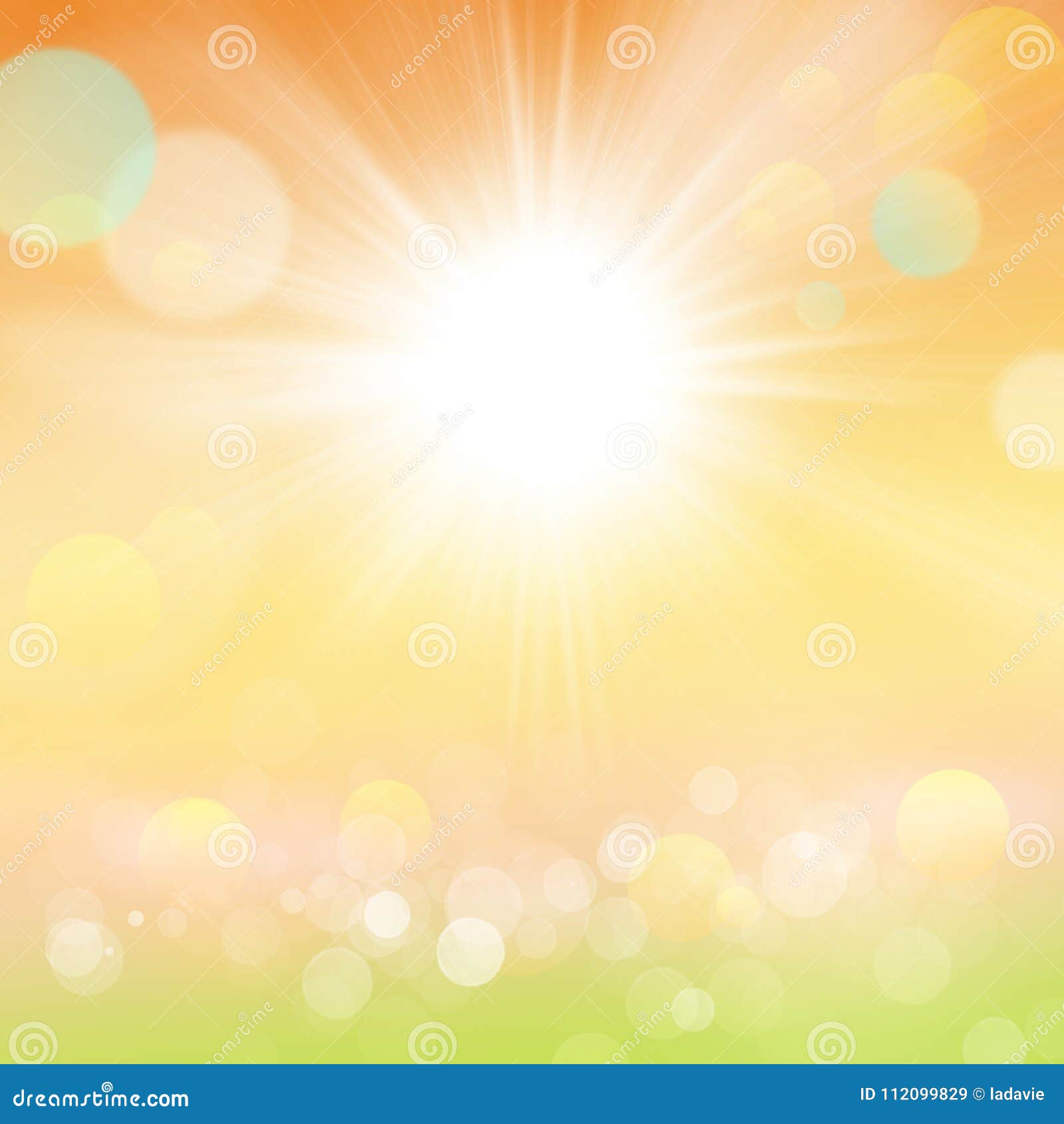

As a prime lens, it forces you to physically move your body around your subject and change your perspective while shooting at night. If you are looking to get more creative with your photography you will want to consider this lens. This lens is made by almost all major camera manufacturers and is ideal for night portraits because of its beautiful bokeh. The low aperture is handy for low light situations and the lens is built sturdy and ready to endure harsh outdoor photography environments. The focal length offers a variety of usability including shooting portraits, weddings, interiors, and the milky way. Many photographers consider this their most preferred lens for all types of photography. Many portrait photographers think the best lens is a 50mm or 85mm, because they compress the background, resulting in gorgeous bokeh. Keep in mind, a prime lens only has one focal length. The best option may be to invest in a prime lens for wider aperture capabilities and the best bokeh effects. If you want to photograph the best night portraits, bokeh is very important because it creates beautiful blurred lighting effects behind your subject and in sky photography. If you plan to shoot people during your night photography sessions then you will also want to consider how important aperture is for its bokeh capabilities as well. This lens is complete with a lightning fast aperture, that comes in handy when shooting during the day or the night. Especially when shooting portraits with the night sky behind your subject. 24mm f/1.4 Lens – CanonĪs we mentioned earlier in the article, a prime lens can be a great option for night photography. This can often happen when shooting night sky photography. This means that your night photography images will have small pointy light sources in them. However, remember that when lenses are set to a super-wide aperture, most lenses tend to create chromatic aberration or coma issues.

The best prime lens candidates include the 50mm, the 24mm, and the 35mm. These lenses are more expensive because of their fast and constant aperture capabilities they are often lighter and great for traveling with while you chase the night sky, milky way, or other low light situations. These lenses are often known as prime lenses and normally do not have zoom capabilities but instead have a fixed focal length. The lens will have to be equipped with even faster apertures such as f/1.8, f/1.4, or even f/1.2. One of our favorite lenses for night photography is the 24-70mm f/2.8. These lenses are expensive but well worth the investment to have zoom capabilities while shooting at night. Many zoom lenses have a fixed aperture of f/2.8. Some of the best lenses for night photography will have a lens aperture of f/2.8 or greater. If you really want to achieve the best night photography, you will want to invest in lenses with a constant and fast aperture. These are not ideal for night photography because most kit lenses have a variable aperture that will change based on the effective focal length. Most cameras will come with a default zoom lens or kit lens. Here’s what those lenses have in common for night photography. The best lens for night photography has to fulfill a large range of difficult criteria. Another option is to choose a Sigma lens that fits both Canon and Nikon camera bodies. For example, Canon lenses will not fit on a Nikon camera body. If you are an amateur photographer, remember to make sure the lenses you purchase also complement the cameras you have.


 0 kommentar(er)
0 kommentar(er)
